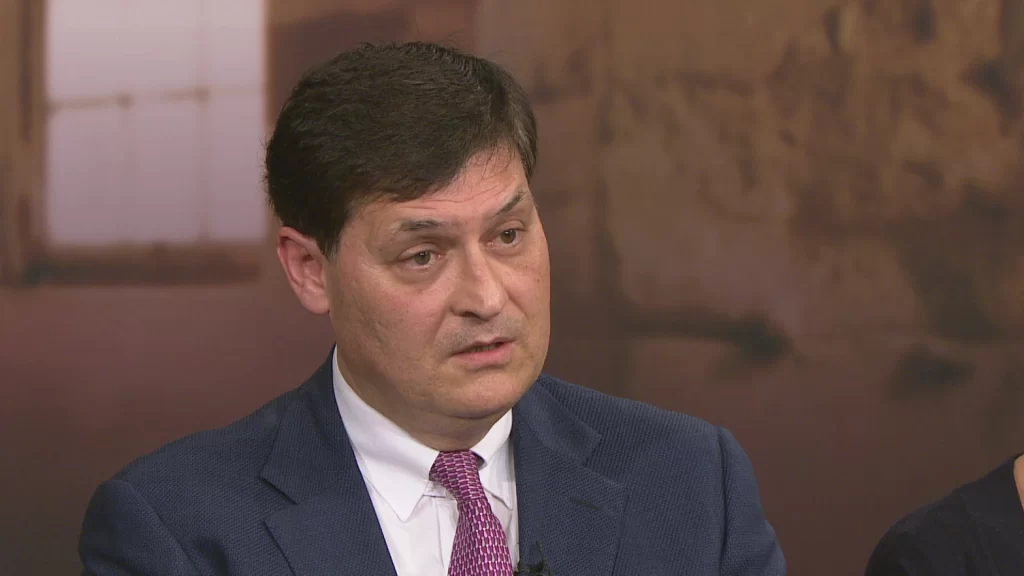This article by DR. Gino Pecorado gives a clear picture regarding Medical Marijuana in Australia.
The use of cannabis plant to treat medical conditions is not new.
In fact it was listed in the official United States list of drugs to treat conditions such as malaria, fatigue and pain, from around 1851 until 1942. It was not until 1961 that the United Nations decided that cannabis was a „severely dangerous drug with no significant medical usefulness“ and its use further driven underground.
Just like tobacco, the cannabis plant has a large number of indivisual components that can be released when plant products are either smoked or eaten.
These chemicals are collectively called „cannabinoids“ and of 500 or so identified, the one most people are familiar with is THC. It is the one found in the highest concentration in the plant and is responsible for the effects on the brain that make it popular as a „recreational drug“.
The next most abundant compound is „cannabidiol“ and while structurally similar to THC, it is the molecule which is belived by some to be useful in the treatment of resistant childhood epilepsy, pain, nausea associated with chemotherapy for cancer treatment and to help muscle spasms in people suffering from multiple sclerosis.
The problem, stated simply, is that we just don’t know how the drug behaves in a human body.
For every other medication, prior to being listed as a useful medicine, drug companies have to provide exhaustive information on how the drug is absorbed, what its method of action is, how the body metabolises it, what the dosage and timing requirements are and whether it interacts with other medications as well as the all important listing of unwanted side-effects, which in some cases can be quite significant.
We don’t have the answers to these very important questions and this makes doctors nervous about prescribing it. Medical cannabis products have been introduced into practise in Australia without the usual processes that other new drugs have to go through. It is a unique situation that has occured at least partially because of pressure applied to politicians to forgo these usual processes.
Public perception of the harm that can be caused by cannabis has decreased, reports of its usefulness in the media have been sensationalised and perhaps sympathy for those who suffer from the difficult-to-treat conditions, which it is suggested to be useful in, may also lead people to believe that as cannabis is „natural“, its safety would not be exposed to the same critical investigation as other drugs produced in laboratories.
Most doctors don’t know very much about cannabis. There is not much written about it in scientific journals and this makes them concerned about whether it actually worksand whether it is worth the non-PBS subsidisedcost of about $120 a day to treat a child with epilepsy, for example.
There is a specific process to go through to become an „authorised prescriber“, with only around 30 in Australia at this time. Questions are raised as to whether it is worthwhile going through this process, only to risk legal action in the future if their patient is harmed by the medication.
One of the basic tenets of medicine, which stretches as far back as the Hippocratic oath is, „first do no harm“. At this stage, there isn’t enough evidence available to know which part of the cannabis coctail of chemicals to use, when to use it and how to be sure that no harm is done to our patients taking it.
Until then, most doctors belive they are right to be cautious and acting in their patients’ best interests, with the slow adaptation of what may, one day become a useful treatment but is yet to be proven.
Gino Pecorado is a Brisbane obstetrician, gynaecologist and health commentator
Source: couriermail.com.au News, Sunday, March 4 2018, page 80


